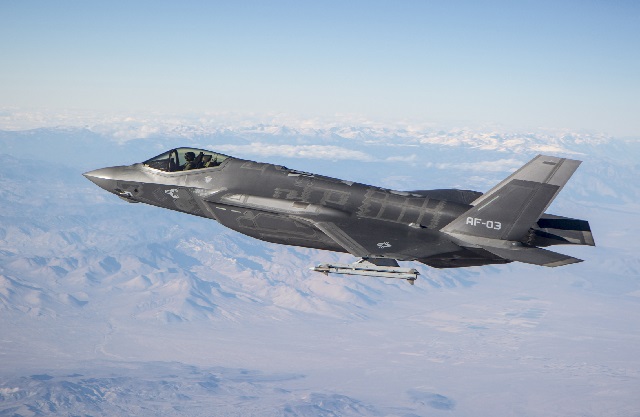As the US Air Force contemplates how to field a next-generation air dominance capability by 2030, a key piece of the puzzle may have just come to light.
Whoever ends up making that aircraft will have to grapple with how to design and execute short-lived software applications within the military’s long-term development cycles.
The solution? US defence officials say they are now close to fully embracing Silicon Valley’s iterative approach to software and electronics refresh cycles for military aircraft, starting with the Lockheed Martin F-35.

Lockheed Martin
The announcement represents a seismic shift. If executed properly, it could finally break military aviation’s struggle with keeping software and electronics relevant over the decade-plus cycle for developing new airframes and engines.
That is not to suggest the new approach is a panacea. Silicon Valley-style refresh rates work in the relatively benign environment of an Apple iPad, but are not easily reconciled with airworthiness certification. It also would not accelerate the timelines required to design and test aerodynamic and propulsion technology.
But many of the electronics and sensors vital to a modern combat aircraft have no impact on airworthiness. Finding ways to refresh that technology on monthly or even weekly cycles could transform the military’s ability to field a next-generation aircraft on time.
Source: Flight International


























